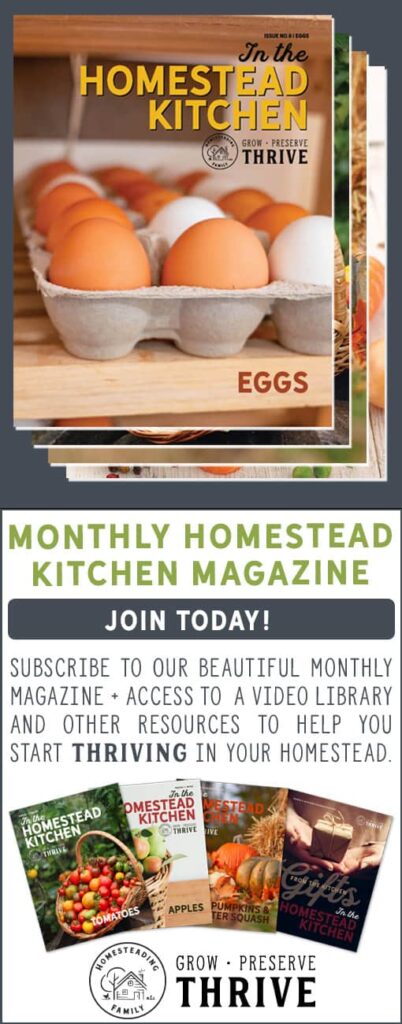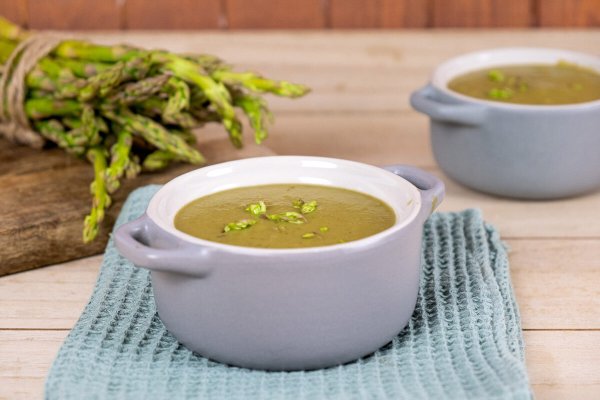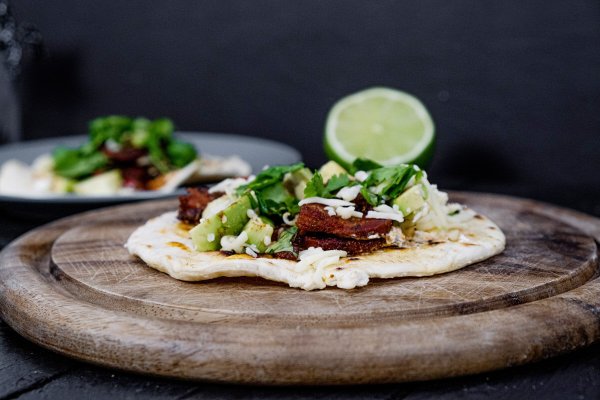Learning the basics of traditional eating and why consuming whole-food ingredients is so important to our health is a journey. For me and Sophia Eng, this journey started after having children.

Join us for a great conversation about Sophia’s journey to homesteading, raising her own food, and writing her cookbook. Then, learn how you, too, can begin to incorporate real traditional cooking in your kitchens.
About Sophia Eng
Tim and Sophia were both born and raised in Silicon Valley and left the convenience of city life and moved to a 5-acre farm in the Appalachian mountains. They have a multigenerational regenerative micro-farm on 5 acres and raise dairy, beef cattle, goats, sheep, chicken, ducks, turkey, and a full garden.
They believe that food is medicine, and when their oldest child was born in 2011, they began cooking from scratch and switching to clean, real food.
In 2023, Sophia authored The Nourishing Asian Kitchen cookbook alongside her mother, based on Weston A. Price’s principles of ancestral eating. Her book has 100+ nutrient-dense recipes for health and healing.

What Does Traditional Cooking Mean?
When you hear the phrase “traditional cooking,” it can be confusing to understand what that means. I asked Sophia what traditional cooking means to her, to which she simply replied, “cooking from scratch.”
I love that because in today’s modern, fast-paced world, we’re so used to throwing packaged foods together and calling it “cooking from scratch.” However, this isn’t really the case.
In my mind, traditional cooking and cooking from scratch means you’re using foods that are single ingredients to make a meal. The traditional side comes in when they’re recipes that have been passed down from generation to generation, something we would see being consumed over 100 years ago.

Backbones of Traditional Foods Across Cultures
Bone Broth
A large majority of cultures have some kind of traditional bone broth… fish broth, pork broth, chicken broth, beef broth, etc. These broths are a staple as the base for many recipes.
In the Asian culture, Sophia shares about the “fourth trimester” or the postpartum period after pregnancy. During this period, a woman would consume bone broth multiple times daily for 30 days post-delivery.
I actually incorporated this practice with my last baby and noticed great healing from pregnancy and delivery. I also love using bone broth in my homemade baby food.
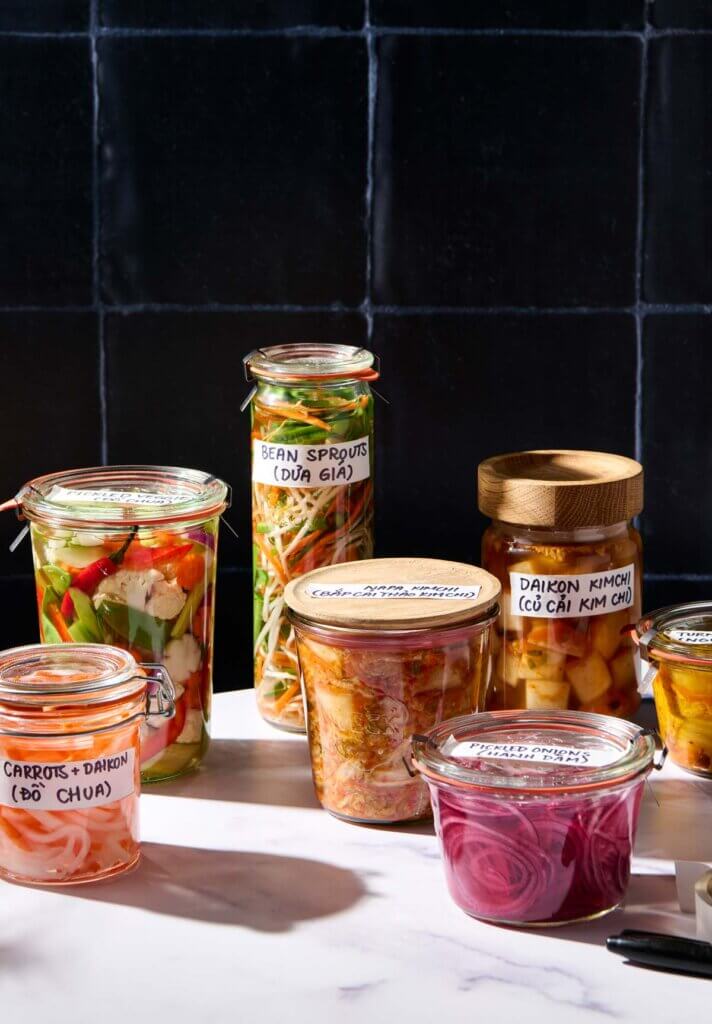
Ferments
Furthermore, many cultures have their form of fermentation. Even in our modern grocery stores, you’re starting to see more than just sauerkraut in the refrigerator section. Now you can commonly find Kimchi, Daikon-Chi, etc.
Consuming fermented foods is key to improving our gut health, increasing our probiotic intake, and keeping overall great health. (Source)

Condiments
Most cultures have their common condiments that accompany many of their dishes. In America, these would be mayonnaise, ketchup and mustard, to name a few.
Often, it’s these condiments that are the worst health offenders for us. They’re either laden with table salt and sugar or made with questionable ingredients that we wouldn’t keep in our home kitchens.
It’s for these reasons we like to make our own homemade ketchup, homemade mustard, homemade mayonnaise, and even homemade salad dressings. Not only are they easy to make, but they taste incredible, and you can feel good about putting them on your meals.

Spices
Many of the tropical spices used in Asian cooking, such as star anise and cardamom, can’t be grown in the United States and have to be shipped from overseas. However, when it comes to spices shipped to the United States, they’re sprayed with ethylene oxide, irradiated, and are usually not organic or non-GMO.
This isn’t always the case, but it does make sourcing a bit more difficult. Because of this, Sophia found ways to source her spices so they met her criteria of organic and non-GMO. (With the release of GMO seeds being sold to the home gardener, there are some important things to know about GMO.)
As a homeschool project, her girls started their own business, Joy & Jolie, where they now sell the spice packets for Sophia’s Oxtail Pho recipe. One of the amazing things about spices is that they can be added to homemade bone broth to transform it into something that will help with inflammation, decongestion, gut health, and more (Source 1, Source 2).

How MSG Became Commonplace
Traditional Asian cooking is known for its umami flavor. Umami is that savory flavor that hits the back of your tongue and makes you crave coming back for more. If you cook your food for long enough, that umami flavor will naturally come out in your cooking.
However, as our world has become more fast-paced, and restaurants are looking for quicker production for more profit, they’ve incorporated the “quick” umami flavor in MSG (monosodium glutamate).
Both Sophia and I know people who get instant and severe reactions to MSG. It’s not an ingredient we want in our kitchens; therefore, you won’t find it in our recipes. Many people will tell you MSG is safe and good for you because it will help you eat less salt. However, both Sophia and I know that real, unrefined, non-iodized salt is healthy and essential for our health.
A Mindset Shift
For most of us, embracing traditional foods and traditional ways of eating meant having a mindset shift. In today’s culture, the traditional cuts of meat used for many healthy recipes are the most inexpensive cuts at the grocery store.
The offal (oxtail, liver, heart, tongue, etc.) are some of the healthiest cuts of meat we can feed our family. Ask your local butcher if they have these cuts and start learning how to cook with them. Savory Beef Tongue (Fajitas de Lengua) and Homemade Organ Meat Seasoning are both a great place to start.
They’re not scary once you’re used to them. Sure, adding chicken feet to your broth may seem strange at first, but give it a few times, and before you know it, it will be normal!
Keep the carcass of your chicken and learn how to make nourishing bone broth (plus keep these tips for making bone broth handy). It can be the base for so many recipes, including homemade pho!
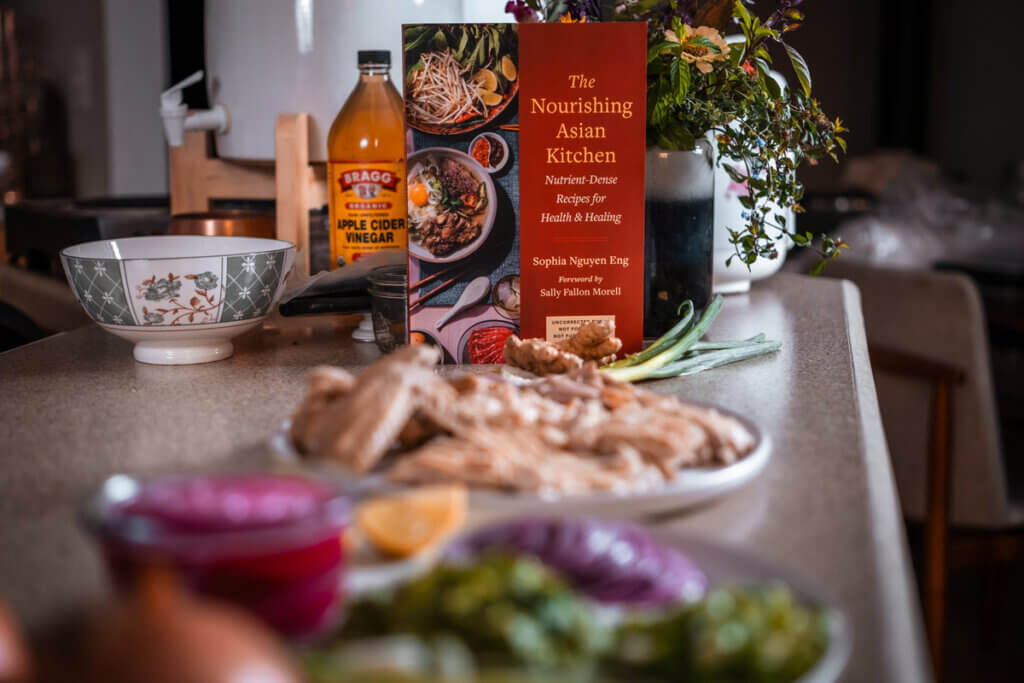
The Nourishing Asian Kitchen
Sophia shares that her cookbook was supposed to be a family project where she put together all her family’s traditional recipes in one place and gifted it to her mother for Christmas. She didn’t intend it to go to print, but through writing and recipe testing, she realized these recipes were something she needed to share with the world.
The backbone of the cookbook is traditional whole-food recipes. Sophia wanted every recipe made from scratch with ingredients she felt confident in. No MSG or pseudo-ingredients, and nothing could be pre-packaged.
She didn’t go to the grocery store to buy her Nuc Mam or hoisin sauce; she made them from scratch. For those of us looking to eat real, whole foods and have a love of Asian cuisine, this cookbook will be such a compliment to our kitchens.

Where to Find Sophia
Find Sophia on her website, Sprinkle With Soil, and snag a seat in her online Pho Masterclass. You can also find her at the following places:
Keep your eye out for Sophia at various speaking events, and be sure to grab a copy of The Nourishing Asian Kitchen for your cookbook collection.

More Posts You May Enjoy
- Our Journey With Glyphosate Toxicity
- Best Way to Use Up Garden Produce – Garden Stir Fry
- Chicken Bouillon Recipe (Dehydrator or Freeze Dryer Method)
- Rendering Lard (or Tallow) for Homestead Cooking
- Corned Beef in the Crockpot (including corning your own beef)
- Homemade Egg Noodles
- Cream of Chicken Soup Recipe (Or ANY Cream of Soup Recipe)






